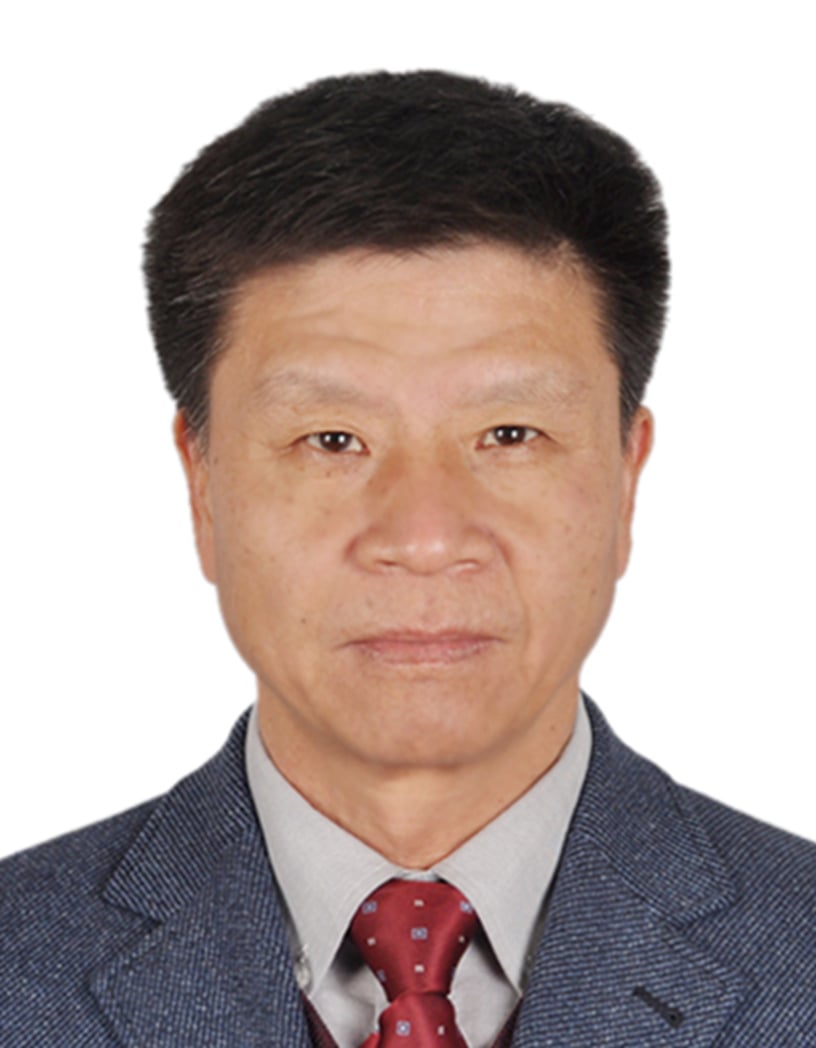Plenary Speaker
Biography
Shi-Gang Sun obtained his Bachelor of Science from Xiamen University, China, in 1982, Doctorat d’Etat (Docteur ès Sciences Physiques) from Université Pierre et Marie Curie (Paris VI), France, in 1986. After one-year post-doctoral research in the Laboratoire d’Electrochimie Interfaciale du CNRS, France, he returned to China by the end of 1987, and served as associate professor and later full professor in 1991 at the Department of Chemistry of Xiamen University till now.
Prof. Sun is Academician of Chinese Academy of Sciences (CAS), fellow of International Society of Electrochemistry (ISE), Royal Society of Chemistry (RSC), Chinese Chemical Society (CCS), China Society of Chemical Engineering (CSCE), and China Society of micron and Nanotechnology (CSMN).
The main research interests of Prof. Sun include Electrocatalysis, Electrochemical Surface Science, Spectroelectrochemistry, Nanomaterials and Chemical power sources (Batteries, Fuel Cells). He has published more than 850 SCI papers with peer citation over 45,000, H-index 107 (Google Scholar Data), awarded 40 innovation patents, authored 5 books.
Prof. Sun has awarded the “Brian Conway Prize” from International Society of Electrochemistry (ISE), “Distinguished Contribution Award” from the Chinese Society of Electrochemistry, “Le prix Franco-Chinois 2014-2015” jointly from Société Chimique de France (SCF) and Chinese Chemical Society (CCS), and the State Natural Science Award (2nd Degree) of China, “Achievement award” from Internatioanl Automotive Lithium Battery Associetion, and “Achievement award in spectroscopy” from Chinese Chemical Society and Chines Optics Society.
Prof. Sun is now editorial board member of Journal of Electroanalytical Chemistry, Functional Materials Letters, ACS Energy Letters, Electrochemical Energy Review, National Science Review, Applied Chemistry, Journal of Solid State Electrochemistry and Journal of Material Chemistry A, serving as associate editor to Electrochimica Acta, Spectral Analysis and Spectroscopy, Chinese Journal of Chemical Education, Acta Chimica Sinica, and editor-in-chief of the Journal of Electrochemistry.
Structure Design and Performance Enhancement of Proton-Exchange-Membrane Fuel Cells Catalysts
Shi-Gang SUN
Abstract
The Proton Exchange Membrane Fuel Cells (PEMFCs) convert directly, and high-efficiently chemical energy stored in fuel molecules or hydrogen into electricity, and plays a key role in the carbon neutralization target and hydrogen energy society. At present, platinum-based materials are the unique and un-replaceable catalysts employed in operated PEMFCs. The rare resource and high price of platinum metals restricts the commercialization and wide applications of the PEMFCs in the one hand, and in the other, the extremely sluggish kinetics of oxygen reduction reaction (ORR) at cathode of PEMFCs (90% of total Pt amount used in a PEMFC is currently loaded in cathode) consists in the main challenging for fast development of PEMFCs. Therefore, in order to promote the application of PEEMFCs especially in the field of electric transportation, to increase the utilization efficiency of platinum-based catalysts and to explore non-precious metal (NPM) catalysts are the two most promising routes. This communication will present our recent progresses in studies of both Pt-based and NPM catalysts for PEMFC utilizations.
For increasing the utilization efficiency of platinum-based catalysts, we have developed electrochemical shape-controlled synthesis of high-index facet nanocrystal catalysts that expose high-density of catalytic active sites and Pt-alloy nanocatalysts, which exhibit high catalytic activity and stability for anode hydrogen oxidation reaction (HOR) in PEMFCs. For exploring non-precious metal (NPM) catalysts, we focused on the most most-promising Fe/N/C catalysts. Through optimizing the Fe/N/C composition and sulfur-doping, constructing active three-phase interface to enable efficient mass/electron transfer, developing the “surfaceization” strategy of pyrolysis to increase the density and utilization of active sites, we have continuously refreshed the records of out-put power density of non-precious metal catalyst PEMFCs.
Acknowledgments
Financial supports from NSFC (Grants 22288102, 22172134, 22021001) and National Key Research and Development Program of China (Grants 2020YFB1505804, 2017YFA0206500).
References
1. Z.Y. Zhou, S.G. Sun et al. Energy Environ. Sci. 2018, 11, 166-177
2. T. Wang, S.G. Sun, Z.Y. Zhou et al. J. Am. Chem. Soc. 2022, 144, 9292-9301
3. W.C. Xu, Z.Y. Zhou, S.G. Sun et al. JMCA, 2023, 11, 4078-4087
4. N Tian, ZY Zhou, SG Sun, et al., Science, 2007, 316, 732-735
5. L. Huang, S.G. Sun et al. J. Electrochem. 2016, 22, 123-128
6. C Xiao, N Tian, ZY Zhou, SG Sun et al. Joule, 2020, 4, 2562-259
7. Y.C. Wang, Z.Y. Zhou, S.G. Sun et al. Angew. Chem. Int. Ed. 2015, 54,9907–9910
8. X.D. Yang, Z.Y. Zhou, S.G. Sun et al., ACS Catal. 2017, 7, 139-145
9. J.M. Zhang, Y.X. Jiang, S.G. Sun et al. Angew. Chem. Int. Ed. 2020, 59, 21976–21979
10. J.M. Zhang, Y.X. Jiang, S.G. Sun et al. Appl. Catal. B: Environ., 2020, 263, 118345
11. Y.C. Wang, Z.Y. Zhou, S.G. Sun et al. Adv. Funct. Mater., 2021, 2009645
12. X.Y. Cheng, Y.X. Jiang, S.G. Sun et al. Energy Environ. Sci., 2021, 14, 5958
13. P.Y. Zhang, Y.C. Wang, Z.Y. Zhou, S.G. Sun et al. J. Phys. Chem. Lett. 2021, 12, 7797−7803
14. Y.C. Wang, Z.Y. Zhou, S.G. Sun et al. 2022, 8, eadd8873
15. S.H. Yin, Y.X. Jiang, S.G. Sun et al. Energy Environ. Sci. 2022, 15, 3033
16. Y.Y. Li, Z.Y. Zhou, S.G. Sun et al. Electrochem. Commun. 2022, 141, 107357
17. T. Wang, Z.Y. Zhou, S.G. Sun et al. J. Am. Chem. Soc. 2022, 144, 9292−9301
18. Y.C. Wang, N.F. Zheng, S.G. Sun et al. J. Am. Chem. Soc. 2023, 145, 15528−15537
19. L.T. Cui, Y.C. Wang, S.G. Sun et al. Sus. Energy & Fuels, 2024, 8, 178-191

